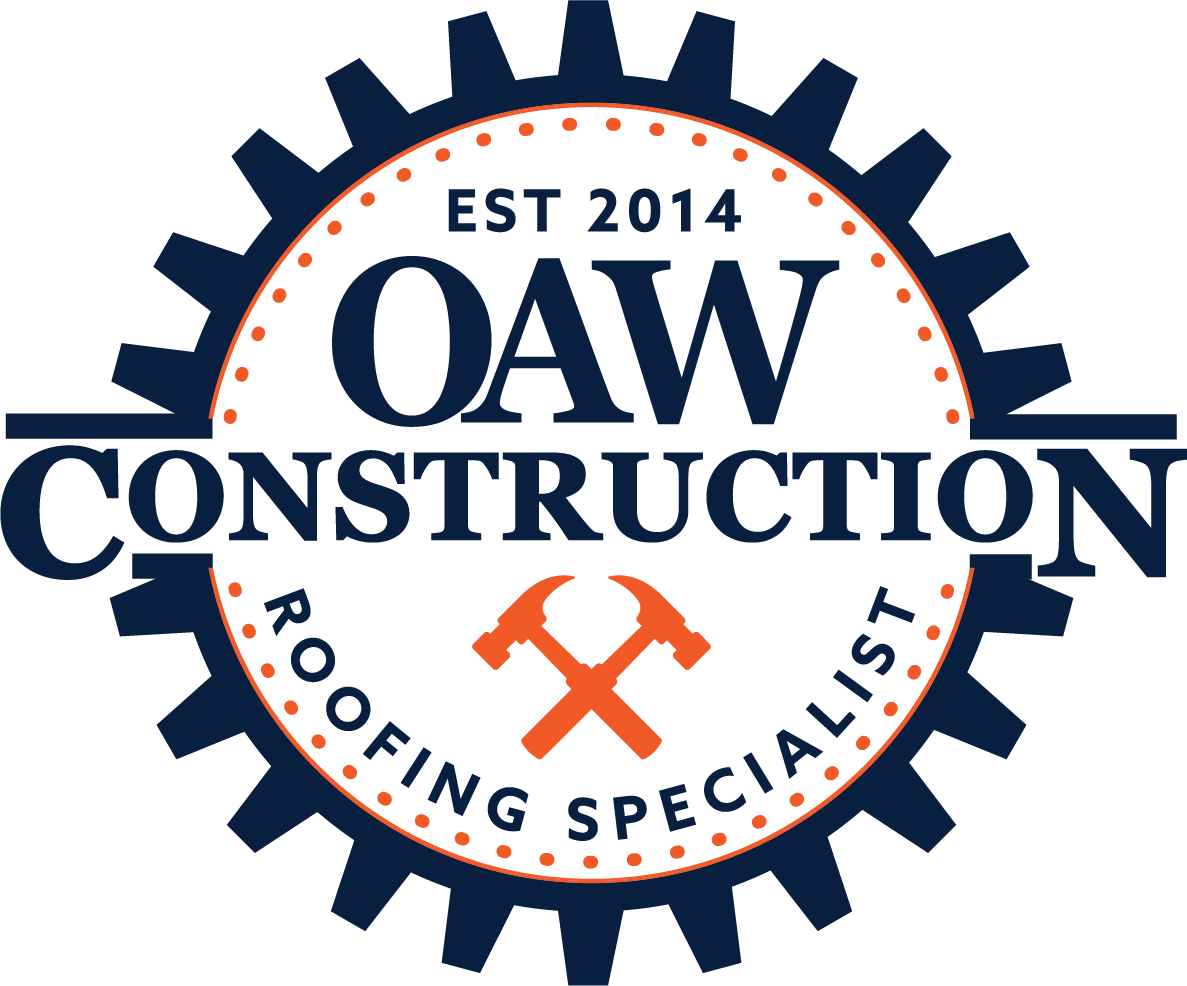
ROOFING


What indicators suggest that it may be time to consider replacing your roof
Several signs indicate that you might need a new roof.
Here are some common ones to watch out for:
Roof Age: The age of your roof holds significant importance. Typically, asphalt shingle roofs have a lifespan of 20 to 25 years, while some materials may endure longer. If your roof is nearing or has exceeded this time frame, it might be time for a replacement.
Visible Damages: Keep an eye out for visible indications of damage like cracked, curled, or missing shingles. Buckling or blistering shingles also signal potential issues.
Leaks and Water Damage: Water stains on walls or ceilings, or any evidence of water seepage into the attic are clear indicators of roof damage. Addressing leaks promptly is vital to prevent further harm to your home's interior and structure.
Granule Loss: Check your gutters for an accumulation of shingle granules. Excessive granule loss implies that your shingles are deteriorating and may require replacement.
Sagging Roof Deck: An uneven or sagging roof deck could signify underlying structural damage. Address this immediately to avoid further damage and potential collapse risks.
Moss or Algae Growth: Although not a sign of immediate failure, excessive moss or algae growth signals trapped moisture, which can hasten deterioration.
Missing or Damaged Flashing: Properly functioning flashing around vents, chimneys, and other roof penetrations is vital to prevent water intrusion. Any missing, damaged, or deteriorating flashing may lead to leaks and other issues.
Rot or Mold Growth:
Rot or mold growth on the roof surface or in the attic reveals moisture damage. Identifying and addressing the root cause, along with replacing affected materials, may be necessary.
Get in touch now for a complimentary inspection—let one of our experts evaluate your roof's condition and advise on the best next steps.
ASPHALT SHINGLES
A prevalent roofing material often used in residential construction is asphalt shingles. These shingles consist of a base material (typically fiberglass or organic felt) coated with asphalt and embedded with granules. Let's delve into their components and characteristics.
Design: In terms of design, asphalt shingles offer a variety of options, including three-tab shingles and architectural shingles. Three-tab shingles have uniform tabs for a classic roof appearance, while architectural shingles, known as dimensional or laminate shingles, feature multiple layers and contours that mimic the look of wood shakes or slate.
Installation: When it comes to installation, asphalt shingles are known for their ease of installation, making them a preferred choice for roofing contractors. They are typically nailed onto the roof deck in overlapping rows from the bottom upwards, with proper installation being vital to ensure effective protection against water leakage and wind damage.
Durability & Lifespan: Regarding durability and lifespan, the longevity of asphalt shingles can vary based on factors like material quality, climate, and maintenance. On average, these roofs can last between 20 to 30 years, with premium shingles potentially lasting even longer.
STANDING SEAM METAL ROOFING
Standing seam metal roofing stands out as a top choice in the realm of metal roofing, celebrated for its unique look and exceptional performance. Let's delve into the specifics of standing seam metal roofing:
Design: These roofs feature elongated metal panels running vertically along the roof's slope. These panels boast raised seams or ribs that vertically traverse their length, hence the name "standing seam." These seams usually interlock with concealed fasteners, creating a seamless, sleek finish devoid of visible screws or nails.
Materials: Standing seam metal roofing panels are typically crafted from steel, aluminum, or copper. Each material offers distinct advantages in terms of strength, cost, and aesthetic appeal. Steel, being budget-friendly and robust, is the popular choice. Aluminum, prized for its lightweight and resistance to corrosion, offers a durable alternative. Copper, known for its elegance and durability, commands a higher price.
Seam Types: Various standing seam profiles, such as snap-lock and mechanically seamed seams, exist. Snap-lock seams conveniently snap into place during installation, requiring no specialized tools. In contrast, mechanically seamed seams necessitate specific equipment to tightly crimp or fold the seams together, enhancing security and weather endurance.
Installation: Typically, standing seam metal roofing is installed over a solid roof deck or substrate. The panels are affixed to the deck using clips or hidden fasteners, enabling thermal expansion and preventing buckling or warping. Proper installation practices are crucial for ensuring a watertight seal and the long-term effectiveness of your roof.
Benefits: Standing seam metal roofing holds several advantages over traditional roofing materials. It exhibits exceptional durability, often lasting between 40 to 70 years or even longer. Metal roofs are fire-resistant, rot-proof, insect-proof, and mildew-resistant, presenting homeowners with a low-maintenance option. Moreover, these roofs are energy-efficient, reflecting solar heat to maintain cooler indoor temperatures during hot weather.
Aesthetic Appeal: With its contemporary, sleek appearance and clean lines, standing seam metal roofing is coveted for its visual impact. It introduces a unique architectural touch to residential and commercial structures, boosting curb appeal and property value. These roofs are available in a range of colors, finishes, and profiles to complement various architectural styles and personal tastes.
In conclusion, standing seam metal roofing encompasses durability, energy efficiency, low maintenance, and aesthetic charm, rendering it a sought-after selection for both new constructions and roof replacement endeavors.

Choose OAW Construction for our proven reliability and a solid reputation built on years of delivering quality and trust.
The right builder partner can protect you from unforeseen situations.
PROUDLY SERVING
- Oakland County
- Livingston County
- Macomb County
- Genesee County
Office Hours
- Mon - Fri
- -
- Sat - Sun
- Closed
All Rights Reserved | OAW Construction | Website Design Behind Your Design